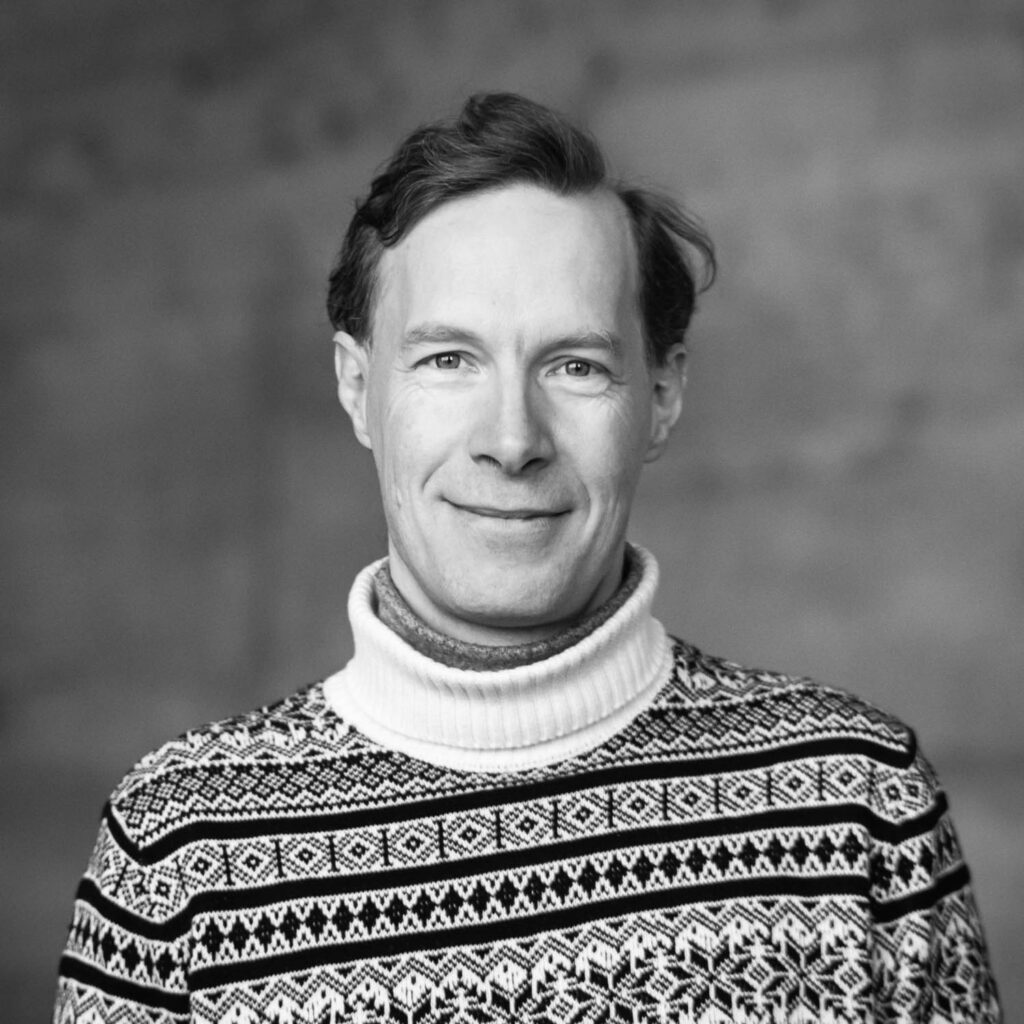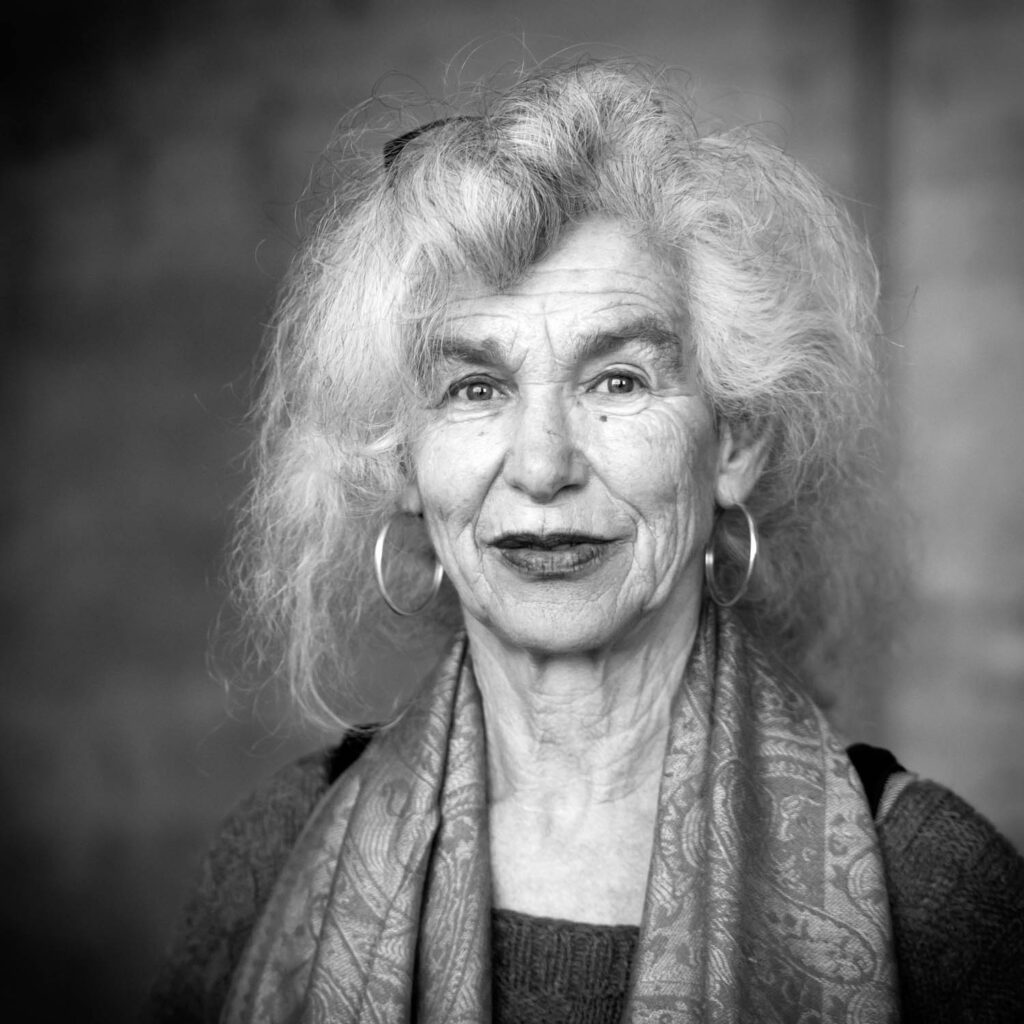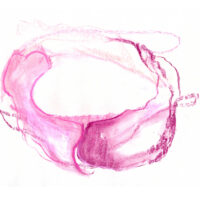“I can – whilst facing thee – but weep – and cry –.” These are words spoken by Strader, the natural scientist, to Ahriman at the moment in Rudolf Steiner’s third mystery drama when Strader realizes that this being is trapped within the limits of calculating intellectual thinking. But the words could just as easily be addressed to a Minister of the Environment who decides to import coal from Bolivia because Germany has decided to phase out coal production to protect the climate. Inherent in such a dilemma is a madness that cleaves the human soul.

Basel philosopher Heinrich Barth addressed this drama of the modern human being in 1957 in a lecture at the ETH Zurich.1 In a world where, as he says, “our common home is being destroyed by the superstitious belief in the realities of technology,” he demanded that human reason should call itself into question. A few years later, Rachel Carson’s Silent Spring brought this issue to the attention of a wider public. Today, the “destruction of our home” is no longer just a realistic future scenario but can be experienced in many places firsthand—in other words, we have been its knowing spectators for 60 years.
Barth’s suggestion of thoroughly examining reason, which enables human beings to achieve cultural wealth and great technical achievements but has clearly failed to preserve the foundations of our lives, is highly topical. He defines the concept of human reason very broadly and places it in a field of tension between two poles. The one pole, which we in anthroposophical circles tend to call intellectual thinking, is the realm for which the figure of Ahriman stands. According to Barth, one explanation for the crises of our time is that reason overextends towards this pole, which he characterizes as the “death pole.” Here, reason is determined as being at the maximum distance possible from the spirit. Says Barth:

We have allowed the constructs of culture and civilization, which originally sprung from the creative work of reason, to congeal into existent facts of life and in part into very brutal facts from which unrest, fear, and terror emanate. […] Original life is extinguished in reason which is fossilized into a fixed fact […].
For Barth, a clear symptom that this kind of reason has lost touch with human reality and has forgotten itself is when, in the tangle of inevitabilities and facts that go unquestioned, it steps coldly and indifferently over humans as if it no longer had anything at all to do with them.
Barth describes the other pole of reason as the gift given to the human being to recognize meaning and significance in the world and their own life. Like Steiner, he describes thinking as an organ of perception for the concepts and connections associated with sensory experience—for the spiritual aspect of the world. We also find in Barth the idea that living thinking can lead to participation in shaping the world: a moment of creativity enacted in every full activity of reason. He further characterizes the pole of reason as being immensely flexible. We can counteract the “death pole” if, in cognition and science, we avoid restricting ourselves to a position once it has been arrived at and stay open to receiving new insights.2
Strader’s Insight into Ahrimanic Logic
According to Barth, the original living and creative activity of reason becomes destructive when it loses the connection with its source. In the lecture cycle The Boundaries of Natural Science, a similar process is described by Steiner as thinking looking behind the veil of the senses for metaphysical explanations in such a way that thought entities make themselves independent and no longer refer back to the world from which they originate.3
This process of becoming independent can go so far that the seed of something evil is born in it. We find this image in the fairy tale about good and the evil told in Steiner’s second mystery drama (“The Trial of the Soul”). In the dialogue between the axe and the tree, we find the arrogance of the axe manifested in its feeling of power because it can chop down the tree at any time. But the tree counters this by pointing to the axe handle, which a human made from its trunk. This places the rise of evil in the context of good.
Even a justifiable act can become evil in the wrong place or time. We can see this while considering the temptation of Adam and Eve to eat from the Tree of Knowledge: rather than saying that the fruit of this tree wasn’t meant for human beings at all, one could say that it was not yet meant for them—the right thing in the wrong place and at the wrong time. In Rudolf Steiner’s third mystery drama, this is how Strader experiences Ahriman’s logic in the context of the earthly world. Standing in Ahriman’s realm, Strader says:
Thou must so think; I cannot otherwise
Than find that what thou hast just said is true;
Yet ’tis but truth when in this realm of thine;
It would be error for the world of Earth
If it prove there to be what it seems here. 4
What Strader succeeds in doing at this moment is no small thing: he stands in Ahriman’s spiritual realm, and yet—and perhaps this is both his strength and weakness—he remains an earthly human being; he retains a consciousness of the earthly world. He can see at this moment that Ahriman’s rational logic is correct in his realm but would mislead people on Earth. Strader feels the Ahrimanic temptation, and he is susceptible to it, but precisely because of this, he can recognize and reveal it.

The Cognitive Activity of Ahriman in His Realm
Strader recognizes that Ahriman’s logic must not be allowed to work on earth, yet Ahriman can play an important role in cognition in earthly human beings when they succumb to Luciferic temptations. Thus, only a few lines later, in the same scene, Maria leads Johannes Thomasius into the realm of Ahriman. Although Thomasius experiences that “terror reigns on every side,” Maria knows that in this realm, there is an opportunity for Thomasius’ self-deception to be overcome. Turning to Thomasius, Ahriman says: “Here I can give thee truth although with pain / As I have suffered many thousand years; […].” And Maria confirms this by also addressing Thomasius:
E’en in the ever-empty fields of ice
I may go with my friend, where from his soul
The light will surge, which spirits must create,
When darkness wounds and maims the powers of life.5
The darkness of self-deception paralyses Thomasius’ life forces, and in Ahriman’s dark realm, of all places, he can attain the light that helps him overcome it. Even Ahriman, in his realm and against his will, creates the right thing at the right time and place. But this is only possible when human souls, like Johannes Thomasius, can recognize Ahriman in full consciousness.
The Way Out of Ahriman’s Captivity
Very few can claim this for themselves, but hopefully, an increasing number of people will begin to recognize Ahriman semi-consciously, as Strader can do 6. Like him, we modern people seem particularly susceptible to Ahrimanic temptations in our spiritual constitution. Current societal developments make this abundantly clear. In this respect, Strader can be seen as a representative of the human being today: “homo technicus” 7 who are beginning to recognize themselves in their spiritual constitution and thus starting to become aware of the Ahrimanic element.
Just as comprehension follows perception in the sensory world, comprehension precedes perception in the supersensory world.8 An initial feeling experience must occur before there can be full conscious cognition of a spiritual circumstance. Help can come from the creative pole of reason, which, according to Barth, can perceive meaning: a listening openness, an attentiveness to the meaning of our individual existence, which, like us, is rooted in the cosmos but can only appear to us within ourselves.
Strader, however, can take a second step. He can encounter Ahriman not only in thinking but also in feeling: “In thy rough words there soundeth pain for thee, / And they are painful too in mine own soul.” Whole lines in Strader’s long monologue are repeatedly divided by dashes. These might indicate inner, spiritual processes that are taking place between sentences. The quoted sentence stands alone: it is introduced and concluded by a line of dashes. After this last line of dashes comes the moment when Strader not only hears the pain of Ahriman and its echo in his soul but develops compassion for him: “I can – whilst facing thee – but weep – and cry –” In his compassion, Strader frees himself in his feeling and develops a warmth of soul that in the more distant future can help redeem not just Strader but Ahriman as well.
The Role of the Community
Strader’s abilities and tasks as a thinker are portrayed in all for mystery dramas. But what inner circumstance allows him to find this warmth of soul in Ahriman’s realm amidst the overwhelming power of his coldness? We hypothesize that it is Theodora’s soul in Strader. As we see at various points in the dramas, Strader finds his way into the spiritual realm through Theodora: she guides him inwardly on this path, making apparent the importance of community for the spiritual journey, even though Theodora herself had to leave the community on earth through her early death. “Now I must grope my further path alone” is how Strader first sums up his new life situation in conversation with the Baldes.9 In what follows, however, it becomes clear that Theodora continues to guide Strader from the spiritual world. In the tenth scene, after Strader’s experiences in the realm of Ahriman, Theodora’s spirit appears to support Strader, saying to him: “I was allowed to win this light for thee, / Because thy power did strive toward my light, / As soon as thy right time had been fulfilled.” And Strader answers her: “So too thy light, thou spirit-messenger, / Will stream o’er all the words that in this place / Shall be wrung forth from out mine inmost soul.”
The path that Strader now takes is characterized by loneliness, and we can ask whether, due to the close connection between Strader and Theodora, her crossing of the threshold also limits his time on earth—will he follow her? Insofar as Theodora, as a spiritual being, leads Strader, she can also be understood as an inner aspect of Strader’s soul—similar to how, in fairy tales, several characters can be interpreted as inner aspects of a drama in the soul of the protagonist. And we can see Strader himself as an image for our own life situation in the technologized world.

Action as a Cognitive Step
Strader achieved liberation in his thinking and feeling, but it seems he has not yet succeeded in a third step of liberation—in the realm of the will. What he wants to contribute to his times in terms of practical achievements does not come to fruition, although the fourth mystery drama describes how other people try to connect with this third step and foster it. In this respect, too, Strader’s picture reflects our situation: for 60 years, we have known that a different direction must be taken, and for 30 years, communities of states have committed themselves to climate and biodiversity agreements. However, turning them into action continues to fail.
Intellectual cognition is a first step that, to a certain extent, releases our thinking from the unrecognised and unconscious thought patterns formed out of the unchallenged realities of our achievements, of which the Ahrimanic beings make use. But this is not enough to intervene in an existential situation.
For Barth, reason encompasses the whole span of being human, from brilliant intellect to humble listening for the grace of inner cognition. He defines the concept of cognition even more broadly; he does not limit it to something that takes place in our heads. Barth actually turns the intellectual concept of cognition quasi on its head by saying: what appears to me in every decision as the preferable choice, in the sense that I truly act on it in my current life situation, that is cognition. We often choose not to act on what we have recognised as correct in thought. But what we actually do or have done has future implications for our lives and the world, regardless of how conscious we are of our motivation to act. How true to life this view is can be seen clearly when, for example, someone realizes that it would be good to lose weight: the success of the endeavour depends entirely on what is actually done.
For Barth, cognition is not only what enters our consciousness but also what happens in the present that has meaning in life and transforms our existence from moment to moment—in other words, it is much more than an insight that comes to us like an intellectual instruction.
Steps Out of Polarisation
The loneliness in Strader’s seeking for the spirit is an image for our current situation. We depend on other people in this quest. However, although we are fortunate to be able to connect in community, the connection is often limited by time. It is also limited if we persist in our cherished thought patterns, which prevent us from understanding those who think differently. The willingness to be flexible, to question our position at any time with our thinking, as suggested by Barth, can set in motion a healing dynamic even when the fronts are hardened.
The figure of Strader shows us how our strong interconnectedness with the scientific-technical thinking of our time can be transformed by the inner light of knowledge and by seeing through the logic and limits of Ahriman’s thinking, feeling its coldness, and kindling an inner warmth that includes compassion. These steps offer a path that leads to participatory connectedness with the living source of existence of which our reason speaks, and at the same time, to liberation from the Ahrimanic threat to and deformation of the present.
Ruth Richter grew up in the Black Forest, attended an agricultural school and gardening apprenticeship in Switzerland, helped run a biodynamic mountain farm, and was pedagogically active in a Camphill village. She studied Goethean plant morphology with Jochen Bockemüh, researched transgenic plants with Johannes Wirz and studied philosophy and history of science at the universities of Bern and Basel.
Matthias Rang is a physicist with a special interest in complementary phenomena in optics and, since 2020, he is a co-leader of the Natural Science Section at the Goetheanum. After studying physics in Freiburg and Berlin, and a research stay at the University of Washington in Seattle, USA, he has been a Research Fellow in the Natural Science Section. He has a Doctorate at the Bergische Universität Wuppertal, Germany.
Translation Christian von Arnim
Images Details of the sculpture Menscheitsrepräsentant by Rudolf Steiner, Photo: Xue Li
Footnotes
- Heinrich Barth, “Die Krisis der Vernunft” (”The Crisis of Reason”). Reformatio 6, 1957, p. 614–627.
- Ibid., p. 8 f.
- Rudolf Steiner, The Boundaries of Natural Science, GA 322, lecture 2.
- Rudolf Steiner, “The Guardian of the Threshold”, scene 8, in Four Mystery Plays, GA 14.
- Ibid.
- In the stage directions, Rudolf Steiner refers directly to the semi-conscious cognition of Strader and the fully conscious cognition of Maria and Thomasius.
- Cf. for instance: Russell Edward Willis, Toward a Theological Ethics of Technology: An Analysis in Dialogue with Jacques Ellul, James Gustafson, and Philosophy of Technology. PhD Thesis, Emory University, 1990.
- Rudolf Steiner, GA 138, lecture of August 31, 1912.
- Rudolf Steiner, “The Guardian of the Threshold”, start of scene 5, in Four Mystery Plays, GA 14.













